Art World
What New Source of Funding Will Shake Up the Art Industry in the 2020s? We Asked 9 Experts to Choose
From emerging collectors to NFTs, here's where to follow the money.
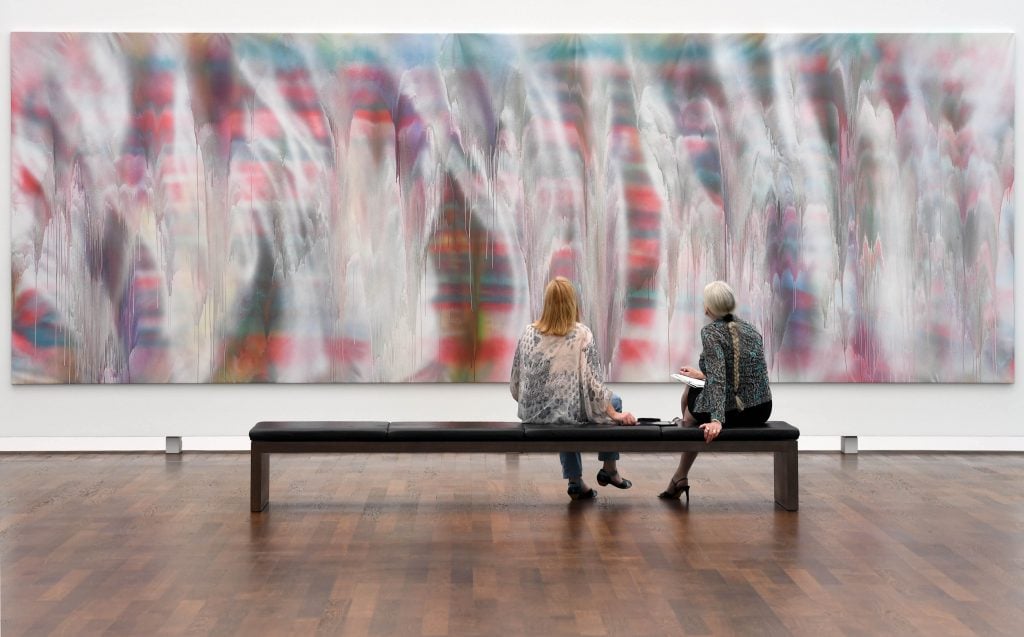
From emerging collectors to NFTs, here's where to follow the money.

Artnet News

One hundred years ago, the Western art market was fueled by the newly rich families of robber barons who had made their fortunes in steel, copper, railroads, coal, and finance. For the first time, Americans—and American industry—were serious players on the global stage.
Things look a bit different today as art businesses chase young buyers in Asia and growing wealth in the crypto space. So what new sources of funding will shape the industry in the years to come? For the fall 2021 issue of the Artnet Intelligence Report, which examines what the market’s Roaring 2020s will look like, we asked experts on five continents to share their predictions.
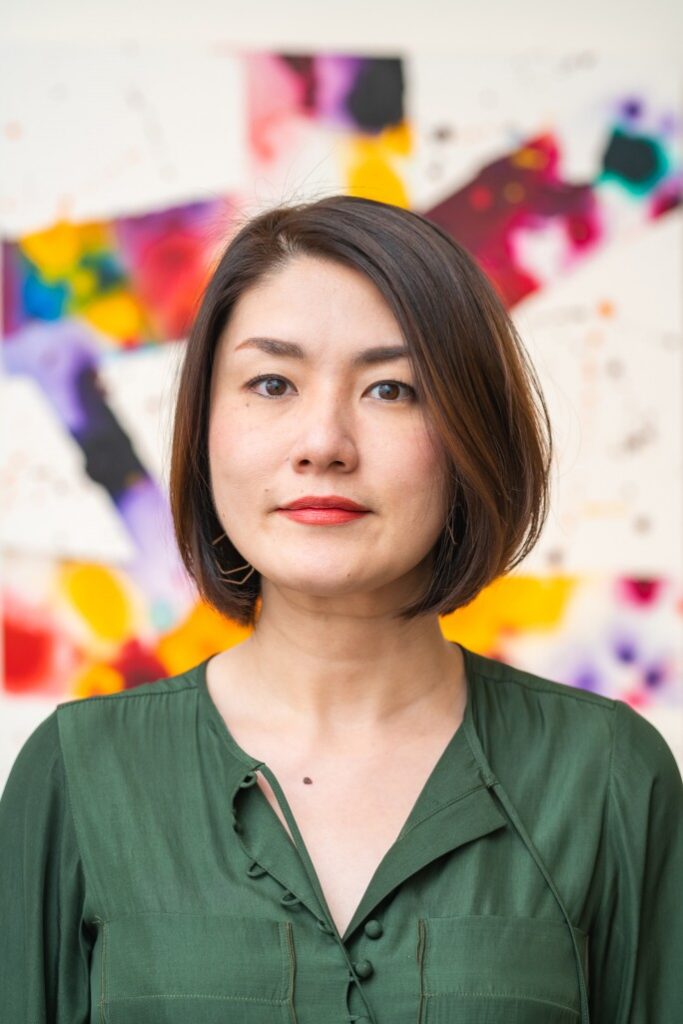
Yuki Terase. Image courtesy Sotheby’s.
Collectors from Asia will have a greater impact on the overall art market. What they like and desire will even set the tone for global trends. They are young, keen, and often not shy to go after expensive trophy pieces at the early stages of their collecting.
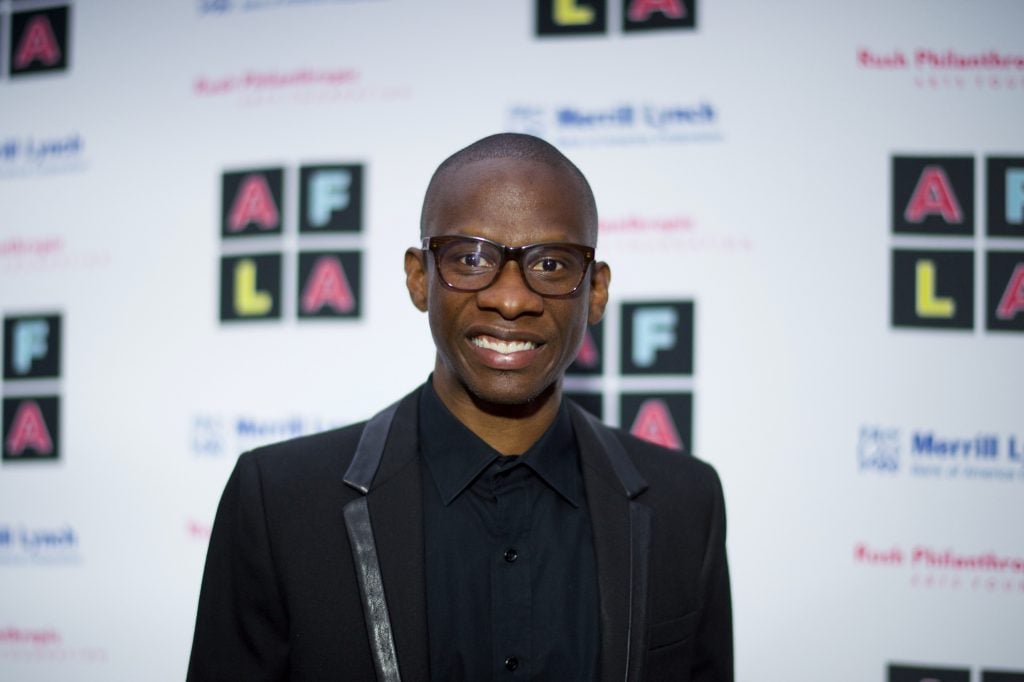
Troy Carter in West Hollywood, California. (Photo by Earl Gibson III/WireImage)
Cryptocurrency and Web 3.0 entrepreneurs will have a big seat at the table.

Aaron Cezar. Photo ©Tim Bowditch. Courtesy Delfina Foundation.
In the 2020s, we are going to see patrons who want to get more engaged in the work of institutions—and not just wined and dined. This decade will be one marked by partnerships, both within and across the profit sector and nonprofit sector, to create a broader way to fund the arts. As we recover from the pandemic, this collaborative way will be vital.
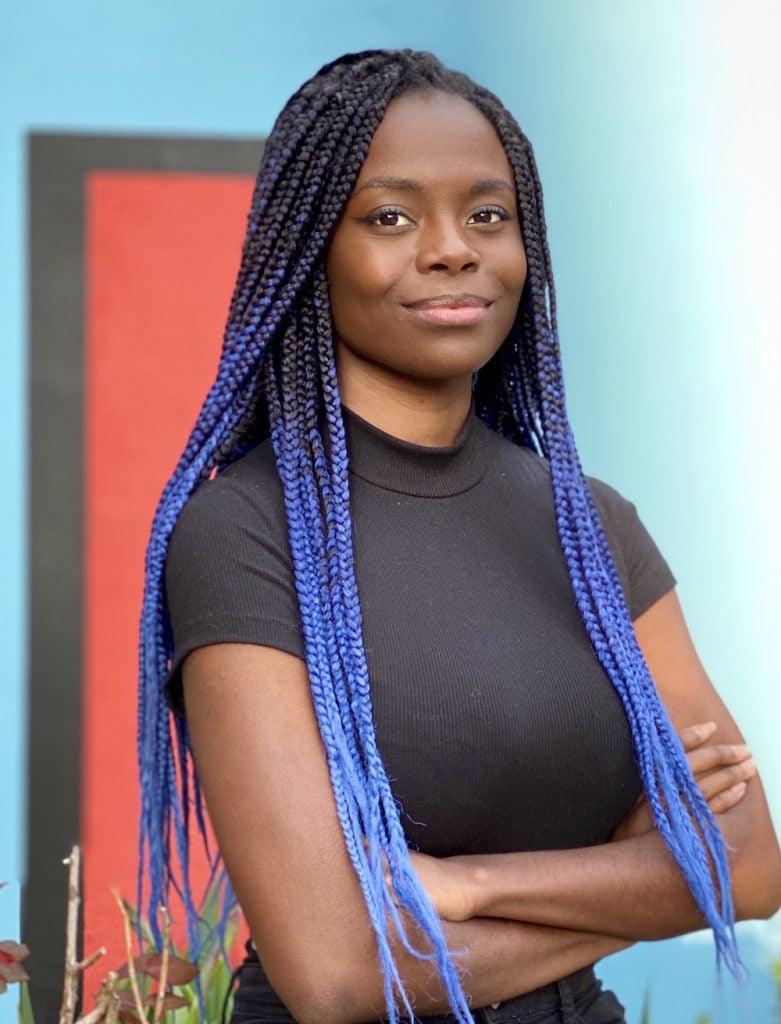
Destinee Ross-Sutton. Image courtesy Destinee Ross-Sutton
Millennials!
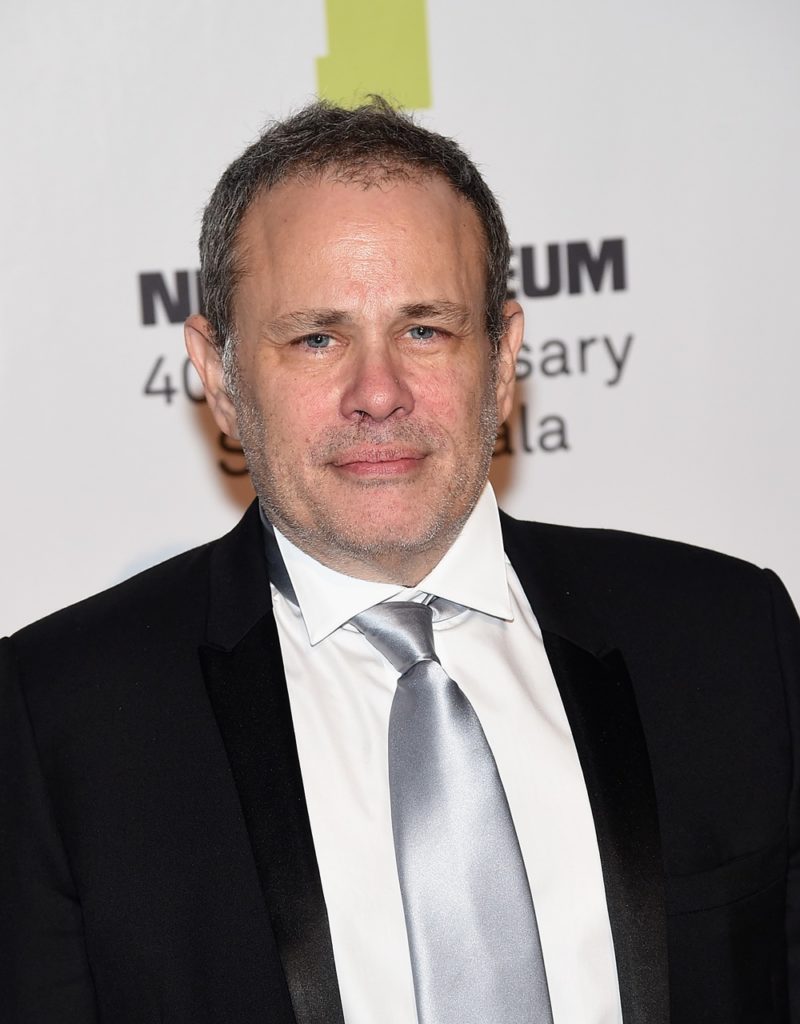
Allan Schwartzman attends the New Museum 40th Anniversary Spring Gala at Cipriani Wall Street on April 4, 2017 in New York City. (Photo by Jamie McCarthy/Getty Images)
Innovative approaches to philanthropy, from the wealthy who are ready to be connected to progressive thinking about art and culture, and from artists—the first wave of baby boomers is in their 70s and 80s. There is a lot of individual and collective wealth in the hands of the people most invested in ensuring a healthy and long lasting ecosystem for art.
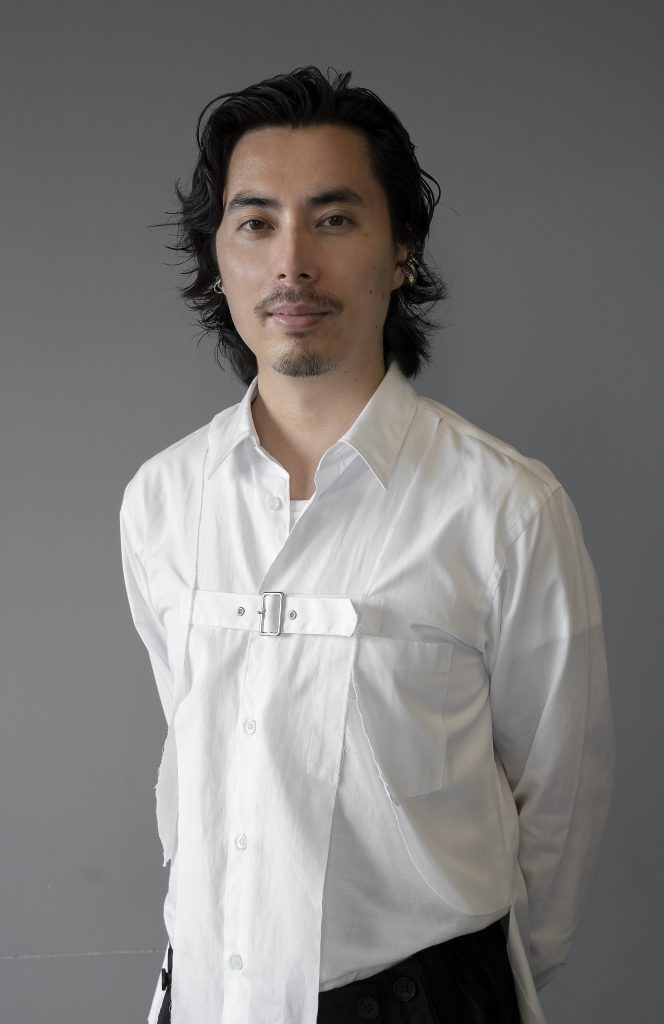
Victor Wang, 2021. Courtesy of M Woods.
In China, we might see an increase in state funding. This may take the shape of more state-run museums, or a further blending of corporate funding with creative structures—I’m thinking of a hybrid institution that’s not quite a museum or cultural center or shopping mall but absorbs culture and capital just as efficiently.
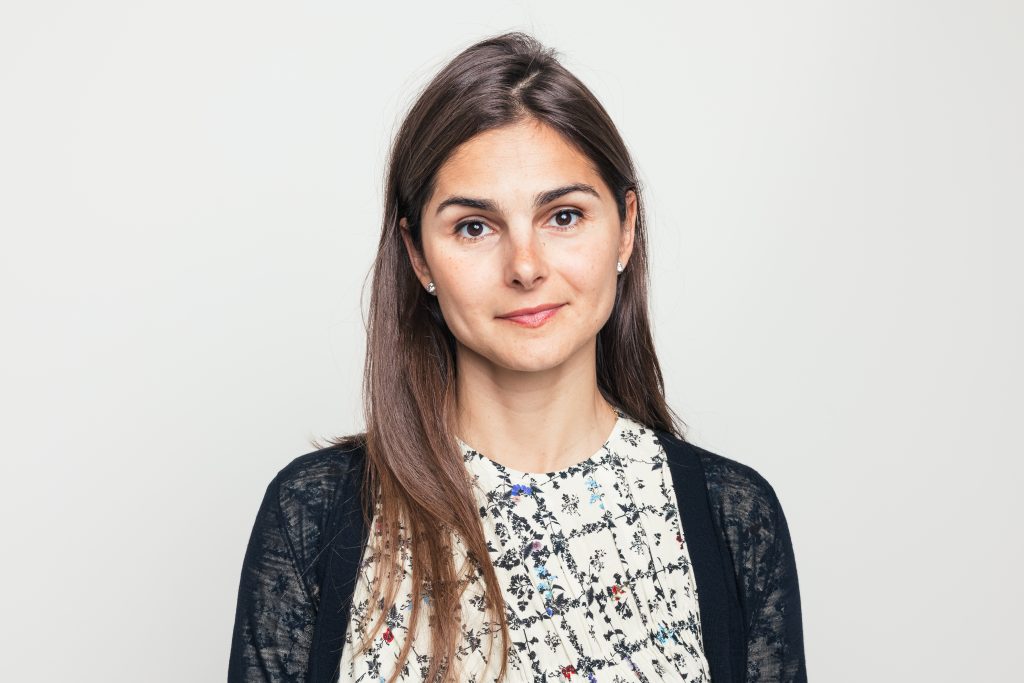
Brooke Lampley. Courtesy of Sotheby’s.
There continues to be an untapped opportunity and excess capacity in the global art lending market, which is currently estimated around $21 billion globally while there is over $1.7 trillion of global wealth estimated to be invested in art and other collectibles.
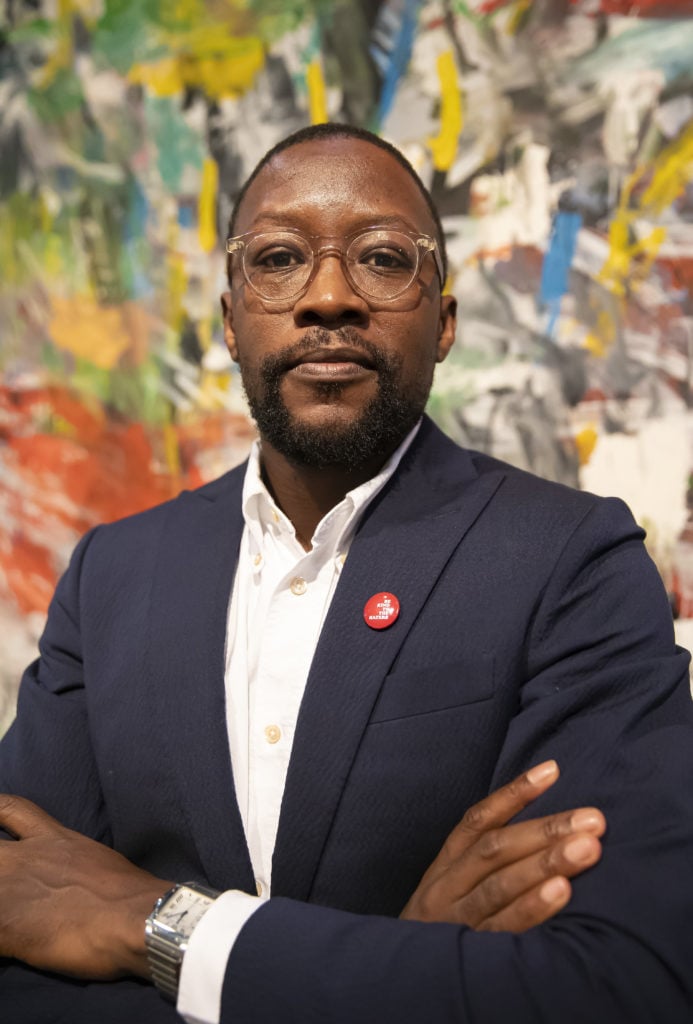
Portrait of Mandla Sibeko.
I’m not sure whatever “it” is has been fully realized yet so it’s difficult to give a concrete prediction. Particularly on the African continent, funding models have always been shifting as we work together to find solutions for the task at hand (running a gallery, launching a biennale, opening a museum, etc) that best suit our audience, though we aren’t there yet. I expect, and hope, for new funding sources and markets to open up in the 2020s.
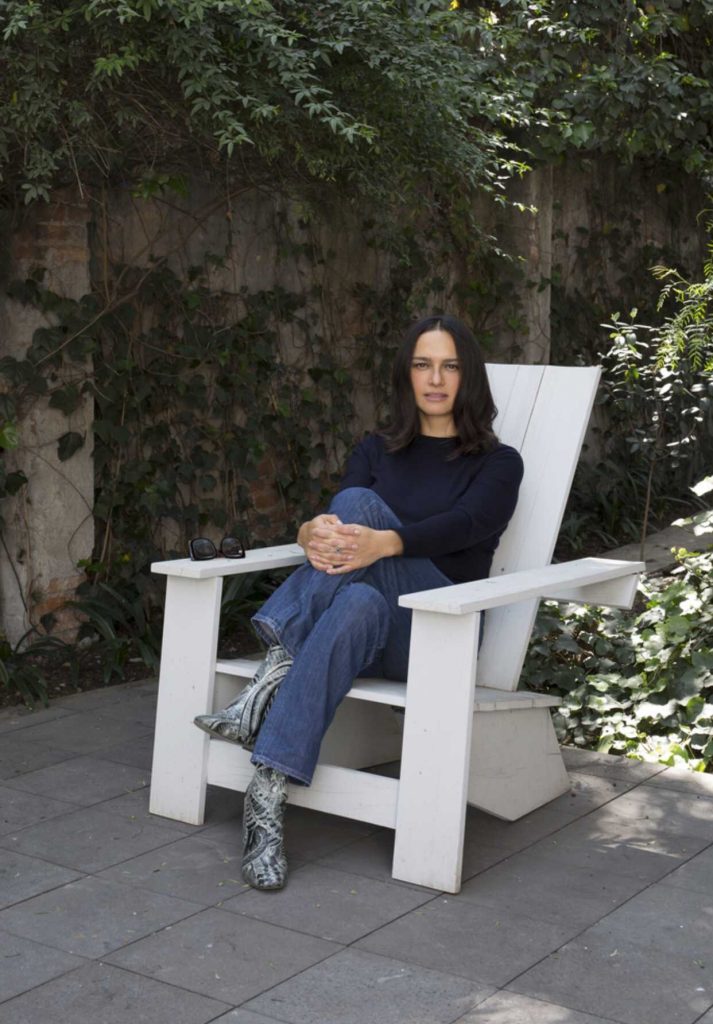
Pamela Echeverria. Photo: Ramiro Chaves.
NFTs, if you understand them as what they are: a smart contract and a platform accessing a whole other source of wealth that is not from the art-world collector base.
A version of this article appeared in the fall 2021 Artnet Intelligence Report, available exclusively to Artnet News Pro members. To read more about the tech tools poised to revolutionize the art world, which galleries throw the best parties, and how much money NFTs are making for auction houses, download the full report here.